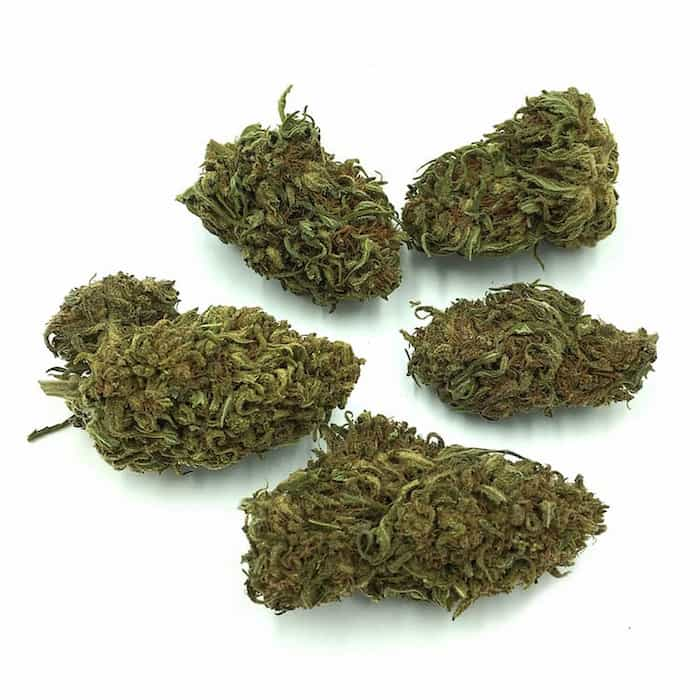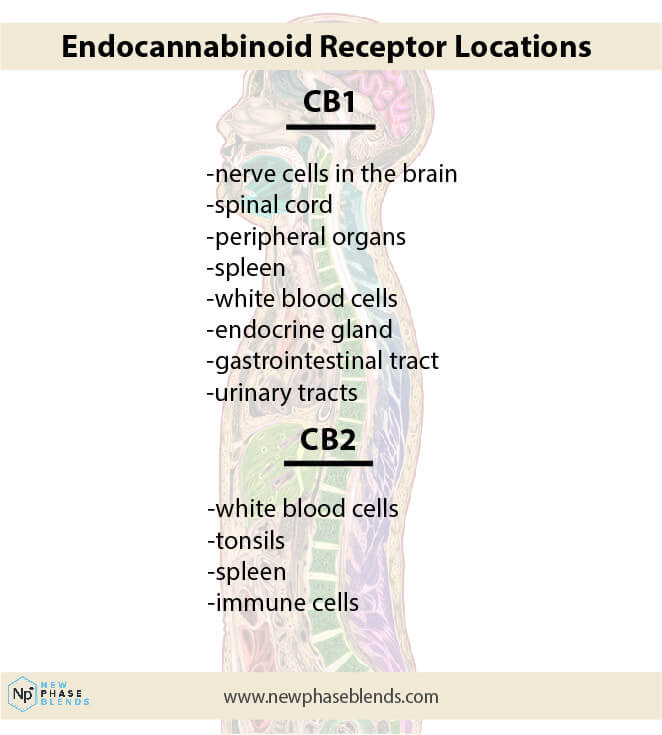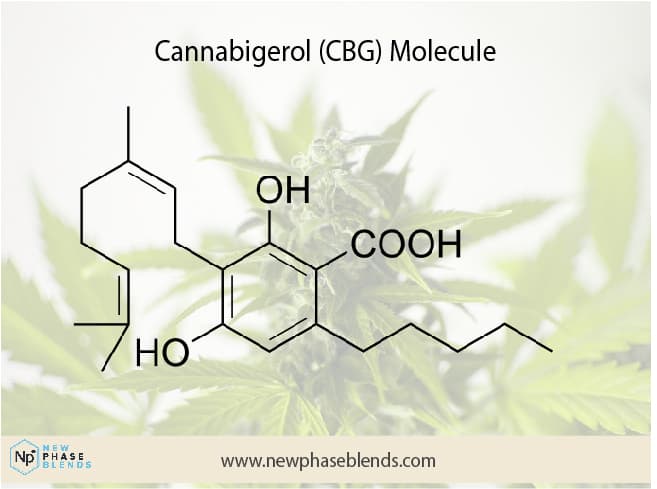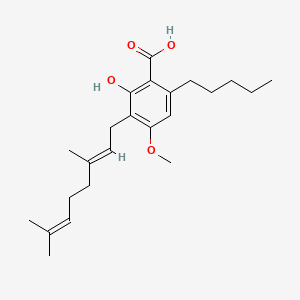There are plenty of cannabinoids in cannabis. Most people understand this by now. While there are several popular cannabinoids, there are also an overwhelming amount of what I would call a fringe cannabinoid. Cannabigerol Monoethylether, or CBGM, is one of these strange derivatives.
What is Cannabigerol Monoethylether (CBGM)?
For starters, CBGM is a derivative of CBG. Cannabigerol, also known as CBG, is a group of cannabinoids found in the cannabis plant.
Unlike THC, CBG (and many of its derivatives) are not intoxicating at all. Instead, it is reported that CBG actually blocks the psychoactive effect of THC while still providing the body with potential medicinal benefits. Part of the CBG family of phytocannabinoids is the cannabinoid known as cannabigerol monomethyl ether (CBGM).
CBGM was discovered in 1968 by scientists from Kyushu University in Japan. The compound was discovered from a Japanese cannabis strain called Minamioshihara No. 1.
When the scientists were using acid to separate compounds from the cannabis plant, they discovered a pale-yellow colored syrup-like substance which was later called CBGM.
They were also able to derive the compound through the process of methylation; this involves the process of adding methyl molecules. CBGM is one of the two cannabinoids in the CBG family that is considered in ether formation.
At this time, many cannabinoids are still undergoing research. Though little is known about this compound (CBGM), the limited knowledge available about it is derived from CBG.
There is hope that more research on CBGM will be conducted which will help us fully understand the compound and its effects.
How Does CBGM Work In Our Bodies?
Apart from the molecular structure, researchers are yet to know what makes CBGM different from the CBG family in regards to how it works within us.
There are possibilities that the compound might affect the body the same way other cannabinoids. However, since CBGM is an ether compound, this could cause it to affect the body differently from other cannabinoids.
Generally speaking, CBG-derived cannabinoids are said to interact with the body by impacting the Endocannabinoid System (ECS) of the body.
Endocannabinoids are naturally produced cannabinoids by the body that are responsible for the regulation of physiological functions and maintenance of internal balance.
This same system can utilize phytocannabinoids, like CBGM, to influence certain effects. For instance, the reason people get high after consuming THC is because of how THC interacts with the CB1 cannabinoid receptor. This receptor is part of the endocannabinoid system.
Are There Benefits to Using CBGM?
To fully understand the therapeutic effects of CBGM, more research has to be done. We simply do not know, for sure, how it might help us. One can only speculate that since CBGM is a member of the CBG family of cannabinoids, it may provide the same medicinal benefits.
Related: Benefits of CBD Use
If CBGM imitates the therapeutic effects of CBG, then it has potential in helping patients with the following conditions;
Glaucoma
There are reports that CBG can treat glaucoma by reducing the painful intraocular eye pressure.
Although the study has only been done on study rats, scientists are confidents that the compound might have the same effects if used on humans.
Anti-inflammatory effects
It was reported that CBG showed excellent anti-inflammatory effects, similar to CBD. The study was done on lab rats with inflammatory Bowel Diseases; ulcerative colitis and Crohn’s disease, and they benefitted from the compounds’ anti-inflammatory therapeutic benefit.
CBG is also reported to have anti-cancer and analgesic benefits. It is also capable of reducing nausea.
Another study done on rat models showed that CBG is capable of treating neurodegenerative diseases like Huntington’s diseases.
Interesting Facts About CBGM
- Synonyms: O-methyl Cannabigerol | Cannabigerol monomethyl ether
- Formal name: 2-[(2E)-3,7-
dimethyl-2,6- octadien-1-yl]- 3-methoxy-5- pentyl-phenol - Molecular formula: C22H34O2
- Molecular weight: 330.5
References
COLASANTI, B. K. (1990). A Comparison of the Ocular and Central Effects of Δ9-Tetrahydrocannabinol and Cannabigerol. Journal of Ocular Pharmacology and Therapeutics, 6(4), 259–269.
Borrelli, F., Fasolino, I., Romano, B., Capasso, R., Maiello, F., Coppola, D., … Izzo, A. A. (2013). Beneficial effect of the non-psychotropic plant cannabinoid cannabigerol on experimental inflammatory bowel disease. Biochemical Pharmacology, 85(9), 1306–1316
Banerjee SP, Snyder SH, Mechoulam R. Cannabinoids: influence on neurotransmitter uptake in rat brain synaptosomes. J Pharmacol Exp Ther. 1975;194(1):74-81.] than THC.
Back to List of Cannabinoids
















